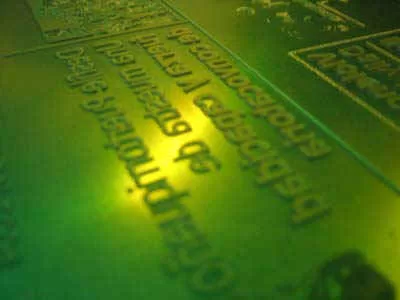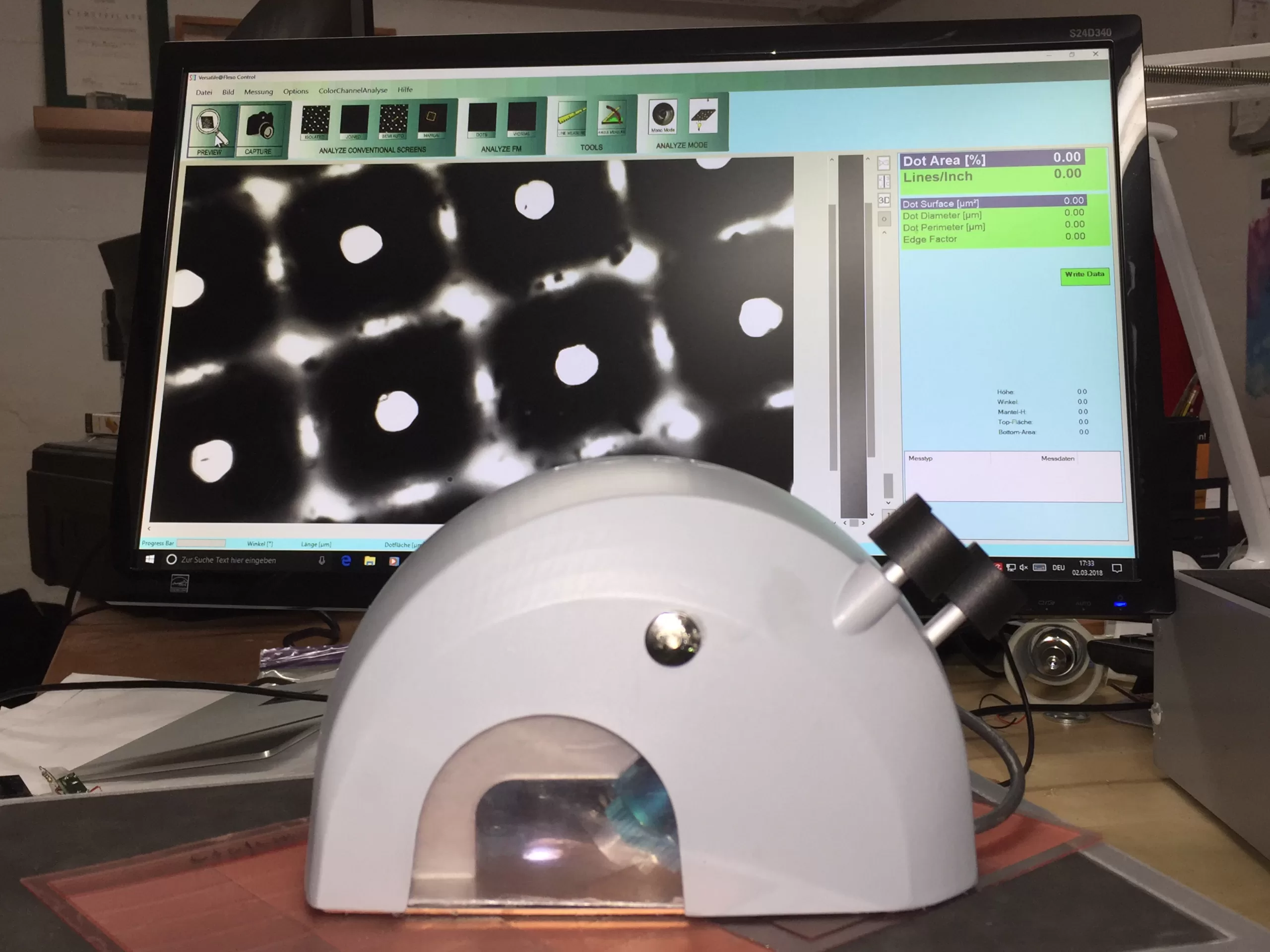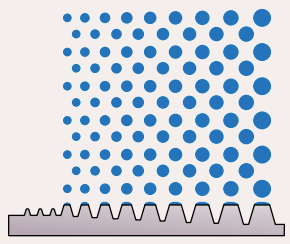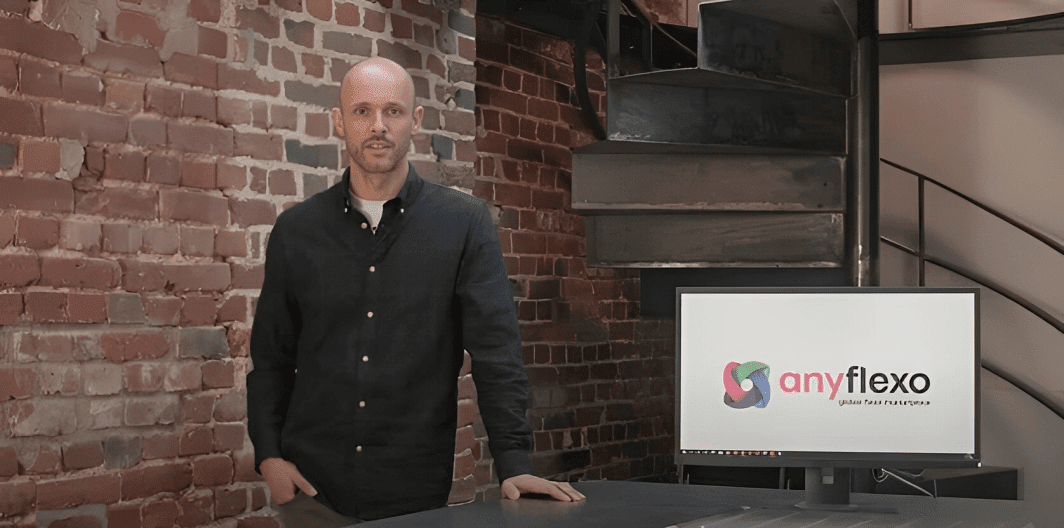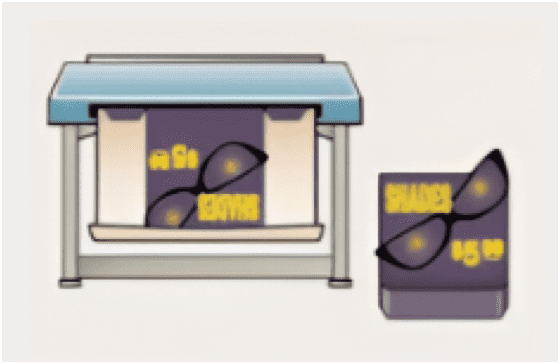In the world of flexo printing, the production of image carriers plays a crucial role in ensuring high-quality prints. Flexo printing involves the use of flexible plates or sleeves that carry the image for printing. These image carriers are the backbone of the process, dictating the precision and quality of the final prints. This article explores the flexo image carrier production process, highlighting their significance in the flexo printing process.
Steps in Flexo Image Carrier Production Process
Inspection and Preparation
Flexo image carrier production begins with a meticulous inspection and preparation phase. Both new and used components, including bearing journals, bores, and gears, are scrutinised to ensure adherence to specified tolerances. Items that do not meet these strict standards are either repaired or replaced. This initial step is essential as it lays the groundwork for the subsequent stages, ensuring that the components are suitable for high-precision work.
Base Cleaning
Once the components pass inspection, the bases undergo thorough cleaning. A clean base is vital as it prevents any contaminants from affecting the adhesion and overall quality of the elastomer applied in later stages. Various cleaning methods come in use to ensure that the bases are spotless, setting a solid foundation for the next steps.
Rubber Application
The rubber application process is a critical phase in the production of flexo image carriers. Elastomer strips are under control in heating and extrusion to ensure uniformity. They are subjected to multiple strainer screenings to eliminate contaminants. The material is then primed and applied in specified thicknesses, which may require up to three applications. This process ensures that the elastomer is free of defects and adheres properly to the base, creating a robust and reliable image carrier.
Curing
After applying the rubber, the next step is the curing process. The elastomer sleeves go into an autoclave for curing, which removes seams and prevents moisture formation, both critical for maintaining the rubber’s integrity. Most rubbers require a 24-hour curing phase before they can proceed to the next step. This process ensures that the rubber hardens correctly and is ready for rough grinding.
Grinding
Post-curing, the rollers will cool down and undergo the removal of vulcanising tape. The rough grinding process begins, with the aim to exceed the final finish diameter per elastomer and the chosen removal method. This phase ensures that the image carriers approximate to their final dimensions, preparing them for precision grinding.
Trimming
Trimming involves the removal of excess rubber around the edges of the elastomer sleeves. This step is essential for ensuring that the carrier has a uniform shape and is ready for further processing. Proper trimming allows for better handling and more accurate grinding and polishing later on.
Precision Grinding
Following a stabilisation period, the precision grinding phase begins. Rigorous temperature control is essential during this step to maintain the dimensional accuracy of the elastomer sleeves. Specialised tools are in use to ensure consistency in roller contact, which is crucial for achieving the desired specifications. Precision grinding helps in fine-tuning the dimensions, ensuring that the sleeves are ready for the polishing phase.
Polishing
Micro-polishing creates a smooth, uniform surface on the elastomer sleeves. This process is vital for ensuring consistent print quality across all rollers. Quality control is stringent during this phase to oversee surface finishes and maintain uniformity. A well-polished surface guarantees that the prints will be of high quality, without any inconsistencies.
Laser Engraving
The engraving process employs advanced laser systems, including CO2 and YAG technologies. These systems offer a range of engraving possibilities, working independently or simultaneously to create intricate designs. Laser engraving imparts the required images onto the elastomer sleeves with high precision, ensuring the final print output is accurate and detailed.
Proofing
After engraving, a meticulous proofing process goes onto the stage. This step ensures concentricity, absence of defects, and successful transfer of the desired elements. Once approved, the image carriers undergo a detailed inspection to ensure they comply with the specified standards. Proofing is crucial for confirming that the image carriers will produce high-quality prints.
Cleanup
Post-engraving, the flexo image carriers undergo a thorough cleanup. This step removes non-printing rubber and cleans the carriers comprehensively. They are then wrapped in UV-resistant materials to protect them from light damage during storage and transportation. This step ensures that the image carriers remain in pristine condition until they are ready for use.
Final Inspection
A detailed final inspection of the image carriers is conducted to review the design, width, depth, and print quality. This ensures that they adhere to flexographic standards. The final inspection is the last quality control checkpoint before the carriers go to shipment to customers, guaranteeing they meet all required specifications.
Shipping
To ensure safe transportation, the image carriers are in the wrap of protective materials, including shock protection, corrugated tubes, and crates made of wood or steel. These measures prevent any damage during shipping, ensuring the carriers arrive in perfect condition.
Conclusion
The meticulous production process of flexo image carrier elastomer sleeves underscores their significance in the flexo printing industry. Each step is crucial in ensuring the quality and precision of the final product. By prioritising rigorous inspection, thorough cleaning, precise application, and detailed proofing and shipping protocols, companies can deliver high-quality image carriers that meet customer expectations. This dedication to excellence ensures that flexo printing continues to produce superior results, maintaining its position as a leading printing technology.


